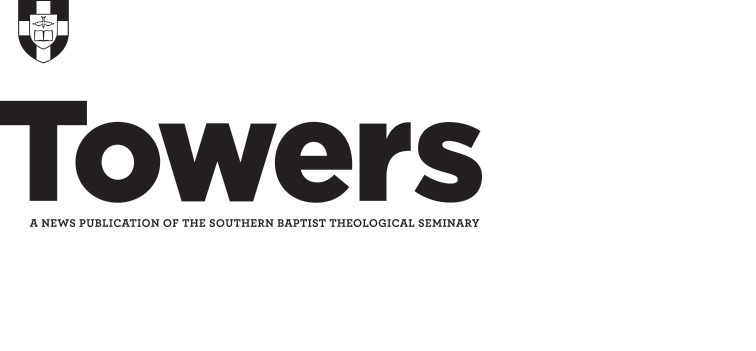Bound for the Promised Land: The Land Promise in God’s
Redemptive Plan
Oren R. Martin
In Bound for the Promised Land, Oren R. Martin, assistant professor of Christian theology at Boyce College and Southern Seminary, presents a biblical theology of God’s promise of land for his people.
Revised and condensed from Martin’s dissertation, the book is the most recent release in IVP’s “New Studies in Biblical Theology” series. While various studies have focused on the theme of land in the Pentateuch and Joshua, not many carry the theme through the Davidic Covenant and the prophetic literature, let alone the New Testament. Martin’s work thus seeks to trace the land theme throughout the entire Bible, rooted in fundamental assumptions about Scripture’s authority, theological continuity, and the need for a grammatical-historical method of interpretation with a view toward canonical fulfillment.
The land motif is crucial to understanding the redemptive plan of God, Martin says, as it is repeated throughout the entire biblical canon — introduced in Eden, stated explicitly in the Abrahamic Covenant, extending through the nation of Israel’s Promised Land, partially fulfilled in the coming of Christ and the apostolic teaching of the kingdom of God, and fully consummated in the new heavens and the new earth.
“The land promised to Abraham, which was inhabited and lost throughout Israel’s history, is important because it picks up the place of God’s kingdom that was lost in Eden, thus serving as a subsequent place in God’s unfolding plan,” Martin writes in the book’s opening chapter. “This place anticipates and prepares the way for the coming of Jesus Christ, who wins a new creation for his people.”
Eden represented the inaugural place where God fellowshipped with his people, Martin writes, and functioned as a kingdom where God’s image-bearers ruled as viceregents over God’s created domain. After Adam and Eve were expelled from Eden because of their sin, the biblical storyline traces how God reestablished his kingdom through his covenants, which find their fulfillment in the new covenant reign of Christ.
After a land is promised to Abraham, Martin demonstrates how the theme is carried along through a string of covenants in the Old Testament, from Abraham to Moses and ultimately David. The promised Davidic dynasty in 2 Samuel 7 points toward a “teleological” fulfillment in an ultimate Davidic son, who would be the ultimate king, the seed of the woman from Genesis 3:15.
Despite national exile, the prophets point forward to an eschatological hope, when God himself will repair, rebuild, and replant a new land for his people. Martin argues the fulfillment of the promise is inaugurated in Jesus, who preaches that believers will “inherit the land” (Matt 5:5), points to a coming eschatological rest, and promises a vineyard of blessing and renewal for his people (John 15). This is extended through the epistolary literature, where Peter and others point to an eternal “inheritance” promised to believers. Ultimately, the church is brought into its permanent rest in the new creation, which Martin says is marked by being an Edenic paradise, the new temple of God that covers the whole earth, and a new city, where God’s reign is fully and finally realized.
Martin’s book closes with his theological reflections upon the debates between dispensationalism and covenant theology, providing a via media between the two systems, affirming both the physical fulfillment of the land promise and its enjoyment among all God’s people in Christ.




